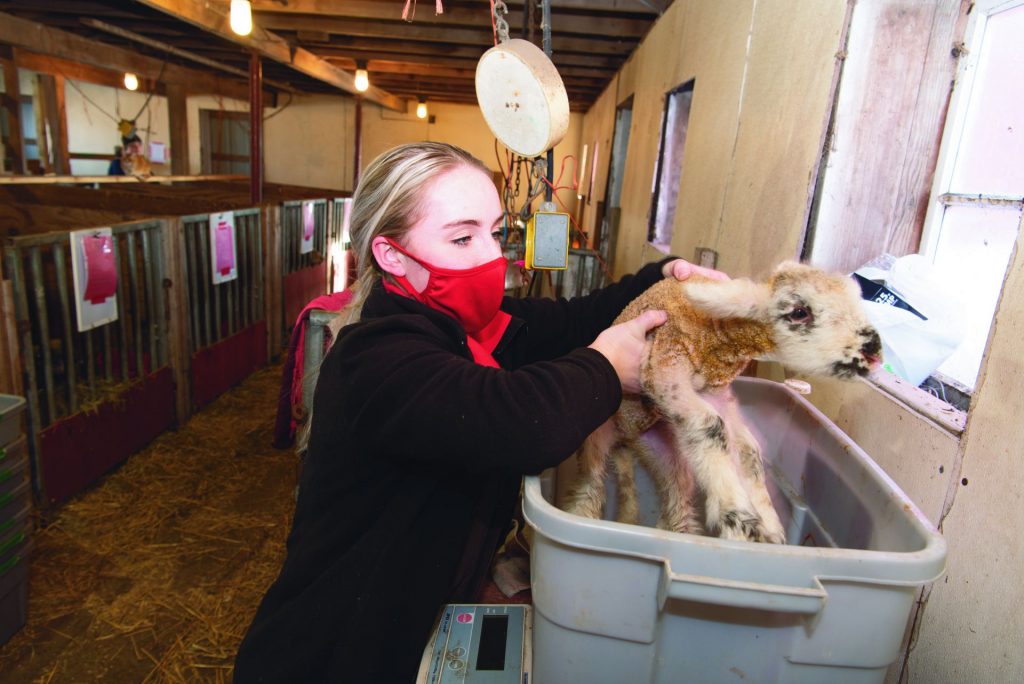The 2020-2021 academic year will be remembered as a time when flexibility and patience were essential to fulfilling the University’s mission. Change was the norm, beginning in March of 2020. It was then that Illinois State’s courses transitioned to an online and hybrid education model as the coronavirus (COVID-19) spread from around the world to across the country.
Precautions that were put in place early in the spring 2020 semester remained during summer, as fall classes began, and throughout this spring as well. Faculty received assistance through the University’s Center for Teaching, Learning, and Technology (CTLT) as they quickly transitioned to primarily online courses. Students were also provided support through a CTLT website that offered resources designed to ease frustrations as they continued working toward their degree.
Appears InThe change was undoubtedly most difficult in subjects that require laboratory hours. The departments of biology, physics, and chemistry in the College of Arts and Sciences made the decision to reduce class sizes by at least 50 percent and offer more lab sections. Safety protocols were strictly followed when students worked in the labs, with physical distancing enforced and face masks mandated. Students were still able to learn, collaborate on projects, and continue their research with these safety measures in place.

Class size was also reduced for some courses in the College of Applied Science and Technology. A rotating attendance schedule was put in place for courses that offered a hybrid format. Some weeks students attended virtually and other times they were in-person for hands-on learning in campus labs, at the Horticulture Center, and at the University Farm in Lexington. They were often asked to wear gloves and goggles in addition to masks.

Mennonite College of Nursing adopted a strict protocol for students working in its Simulation Laboratory. Students used an app to verify that they did not have a temperature over 100 degrees and were not experiencing any symptoms of COVID-19 each time they entered the lab. Their temperature was checked as soon as they arrived. They then changed from a personal mask to a supplied surgical mask. They sanitized their hands before entering the building and wore goggles and gloves when within six feet of each other.

Timers were provided to nursing faculty so that students within close proximity to complete an assessment or learn a skill were reminded to separate after no more than 15 minutes. While the section size in the skills and health assessment labs remained the same, the activity planned for each session was cut in half so that only eight students at one time completed a simulation exercise. Skills labs expanded into unoccupied classrooms when feasible to increase physical distancing, and theory classes were taught online whenever possible.
Despite all the necessary adjustments to keep everyone in the campus community healthy and strong, President Larry Dietz emphasized that the University remained committed to providing individualized attention to students. He praised all involved in making the academic year a success for their tireless efforts.
“Hundreds of faculty and staff members have worked well beyond the scope of their job descriptions in response to the worst world health crisis in our lifetimes,” Dietz said. “Their efforts deserve our respect and recognition.”

